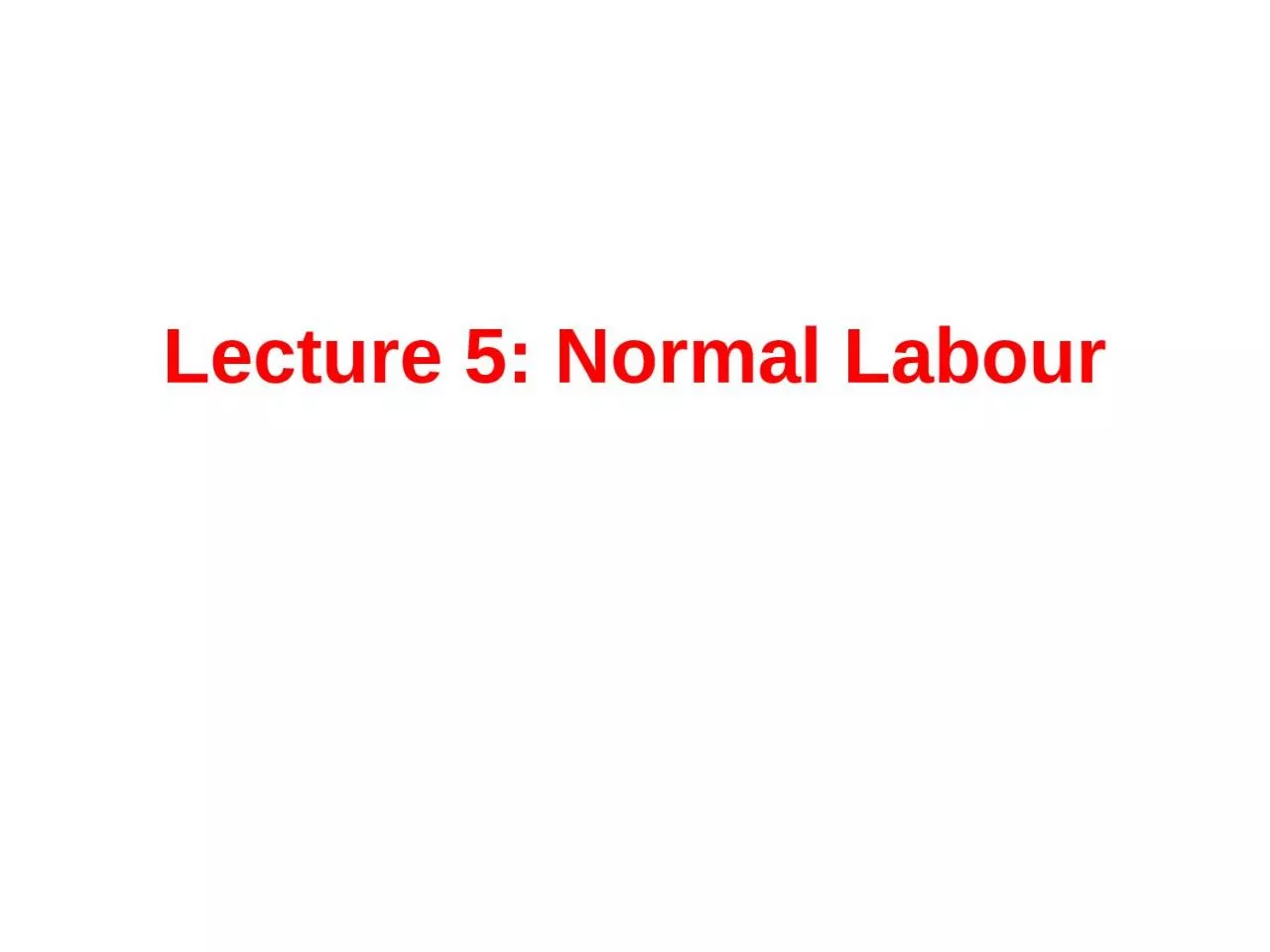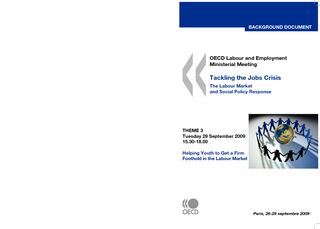PPT-Lecture 5: Normal Labour
Author : morgan | Published Date : 2024-01-29
Definitions Labour is the process by which a viable foetus ie at the end of 28 weeks or more is expelled or is going to be expelled from the uterus Delivery means
Presentation Embed Code
Download Presentation
Download Presentation The PPT/PDF document "Lecture 5: Normal Labour" is the property of its rightful owner. Permission is granted to download and print the materials on this website for personal, non-commercial use only, and to display it on your personal computer provided you do not modify the materials and that you retain all copyright notices contained in the materials. By downloading content from our website, you accept the terms of this agreement.
Lecture 5: Normal Labour: Transcript
Download Rules Of Document
"Lecture 5: Normal Labour"The content belongs to its owner. You may download and print it for personal use, without modification, and keep all copyright notices. By downloading, you agree to these terms.
Related Documents














